The Route iE is a speed pedelec that’s setup for comfortable performance… it would make a great commuter platform or urban/city ebike because it can hit ~28 mph in pedal assist mode and offers braze-ons for adding fenders and a rear rack. The motor is powerful, offering 73 Newton meters of torque but it’s not the most responsive mid-drive I’ve tested, it’s relatively quiet but just slow to start and stop as shown in the video. You get four levels of pedal assist and for $50 the dealer should be able to add a boost button for 6 mph and ~20 mph “throttle” power. The bike climbs well but due to the high torque motor, probably won’t get the same range as Shimano, Impulse or Bosch powered ebikes… they estimate 15 to 30 miles per charge. There’s also no shift detection built in so you will save the chain, sprockets and derailleur wear by easing off or arrowing down in pedal assist before changing gears to reduce strain and mashing.
Pros:
- High speed pedal-assist performance (up to 28 miles per hour with active rider input) means you’ll arrive quicker but also drain the battery faster above 20 mph due to air resistance
- The suspension fork, larger diameter wheels and thicker tires provide comfort when traveling over longer distances, bumpy terrain and at higher speeds… the grips and saddle are firm for active riding and the fork does offer lockout
- Braze ons and threaded eyelets for adding fenders and a rear rack, unfortunately none for adding a bottle cage on the seat tube
- Since the Raleigh Detour iE is a speed pedelec the wheels and frame will endure more stress and strain so both axles have been upgraded (12 mm rear and 15 mm front) for improved stiffness and better alignment of the disc brake rotors with the calipers and pads
- Even though this model only comes in a high-step “diamond” frame design, it has been engineered with a sloping top tube to lower stand over height which makes holding the bike at rest or walking over it easier, I measured ~31 inches on the Medium 17″ frame
- Because the motor is mounted at the center of the frame along with the battery pack, weight is kept lower which improves stability and the rear rack is left completely open for gear
- The center-drive system leverages your chain and 10 speed cassette to operate more efficiently for climbing or reaching higher speeds, it offers better range than a similarly rated hub motor if you manage your gears properly
- Higher-end parts all around including Shimano hydraulic disc brakes with a larger 180 mm rotor in the front for better stopping power (160 mm in the rear), Shimano Deore derailleur for precision shifting and large stiff alloy platform pedals for stability and grip
- If you want even more control, a boost button can be added which offers two drive modes: a 6 mph starting speed (almost like walk mode) and a 20 mph throttle button which has to be held down to operate
- Nice wire management, all of the cables and electronics are run through the frame and there are even some extra support points to keep them from getting in the way
- The motor is very capable at climbing and can easily hit the ~28 mph top speed if you’re in the higher couple of gears, it’s also surprisingly quiet… but doesn’t offer the same high RPM as Bosch so your gear matters more
Cons:
- The display panel can be a bit confusing at first, holding the power button icon for a couple seconds when you’re in assist level 1 will take you down to zero (so you can use the lights and display without the motor), it would be nicer if you could just arrow down to zero, this also becomes confusing for people who want to turn the bike off by holding power… you have to hold it down again or push the button on the battery itself
- The display unit is not removable so it could take more damage when the bike is parked outside or in a public location, thankfully the battery is
- The extra mounting points for adding fenders and a rear rack are awesome but there do not appear to be bottle cage bosses on the seat tube… that’s a bummer because it means you need to wear a backpack or add a frame bag to carry liquids, locks, pumps or other accessories
- This model feels a bit expensive compared with the very similar IZIP E3 Dash (also from the Accell Group) which offers fenders, a rack and integrated lights at the same price but weighs ~2 lbs more as a result
- The battery pack must be activated before the display unit can be powered on, it’s a two step process that takes extra time and can create confusion when going straight for the display on/off
- You get a lot of power with the high-torque motor but it’s not as responsive or dynamic (feels mostly like a cadence sensor in there) and the range is more limited than some of the other ebikes I’ve tested (estimate 15 to 30 miles per charge depending on the assist level you choose), there’s also no shift sensing so the chain, sprockets and derailleur may take more wear if you don’t make an effort to shift when the motor is not adding force to the drivetrain
Resources:
- Official Site: https://www.raleighusa.com/electric
- More Pictures: https://goo.gl/photos/P11Gy5EBzbnAbNzR7



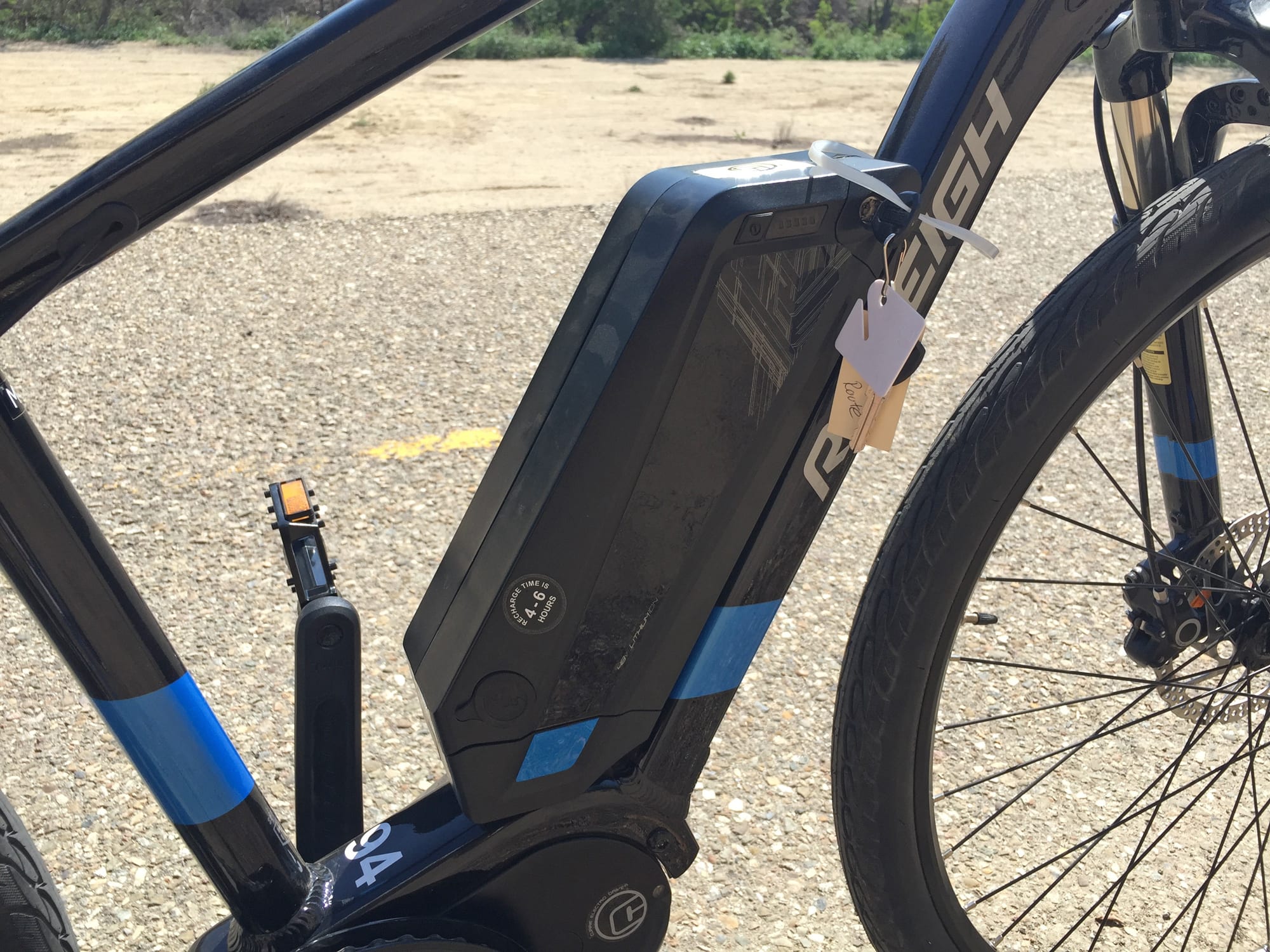
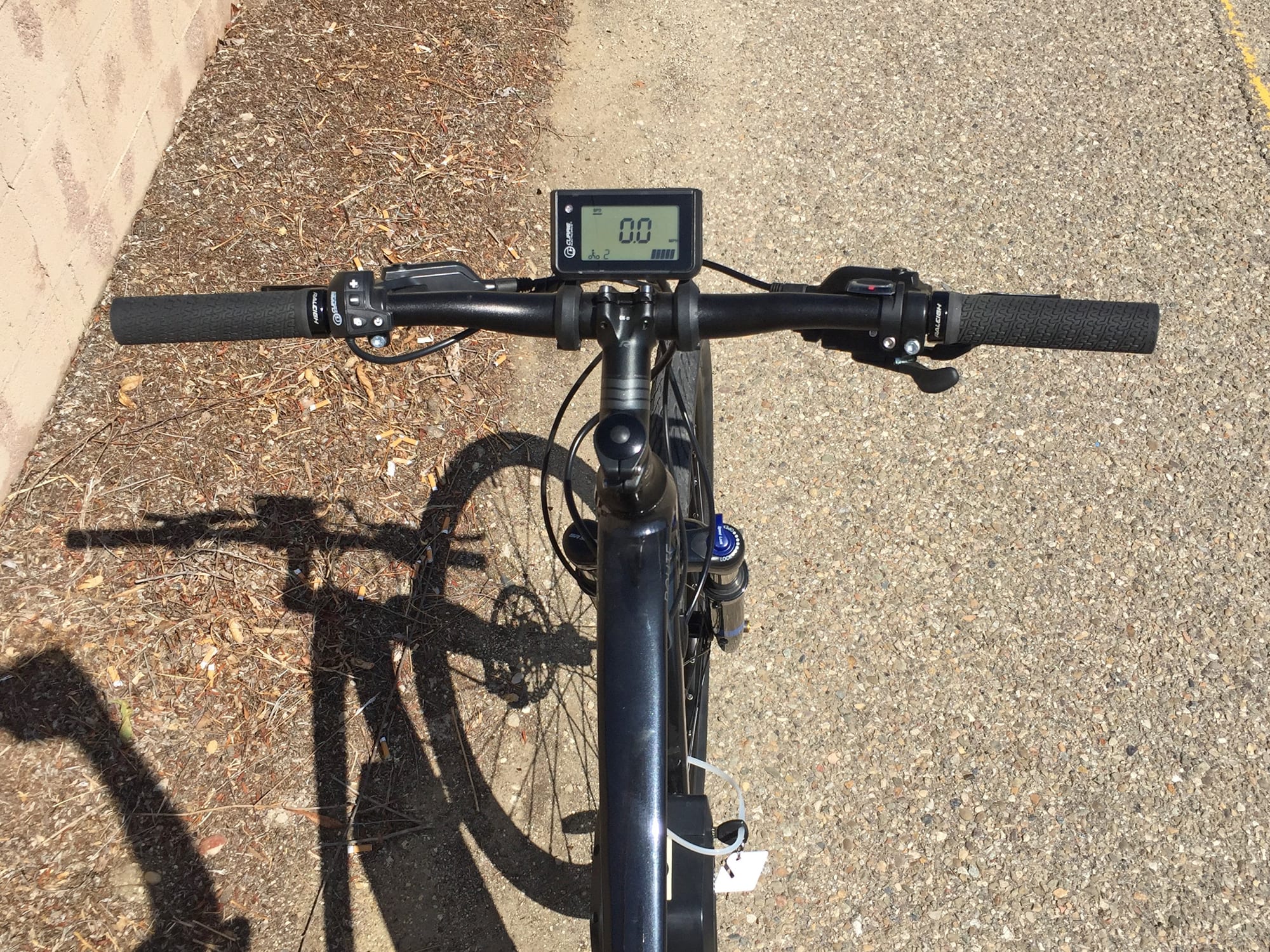
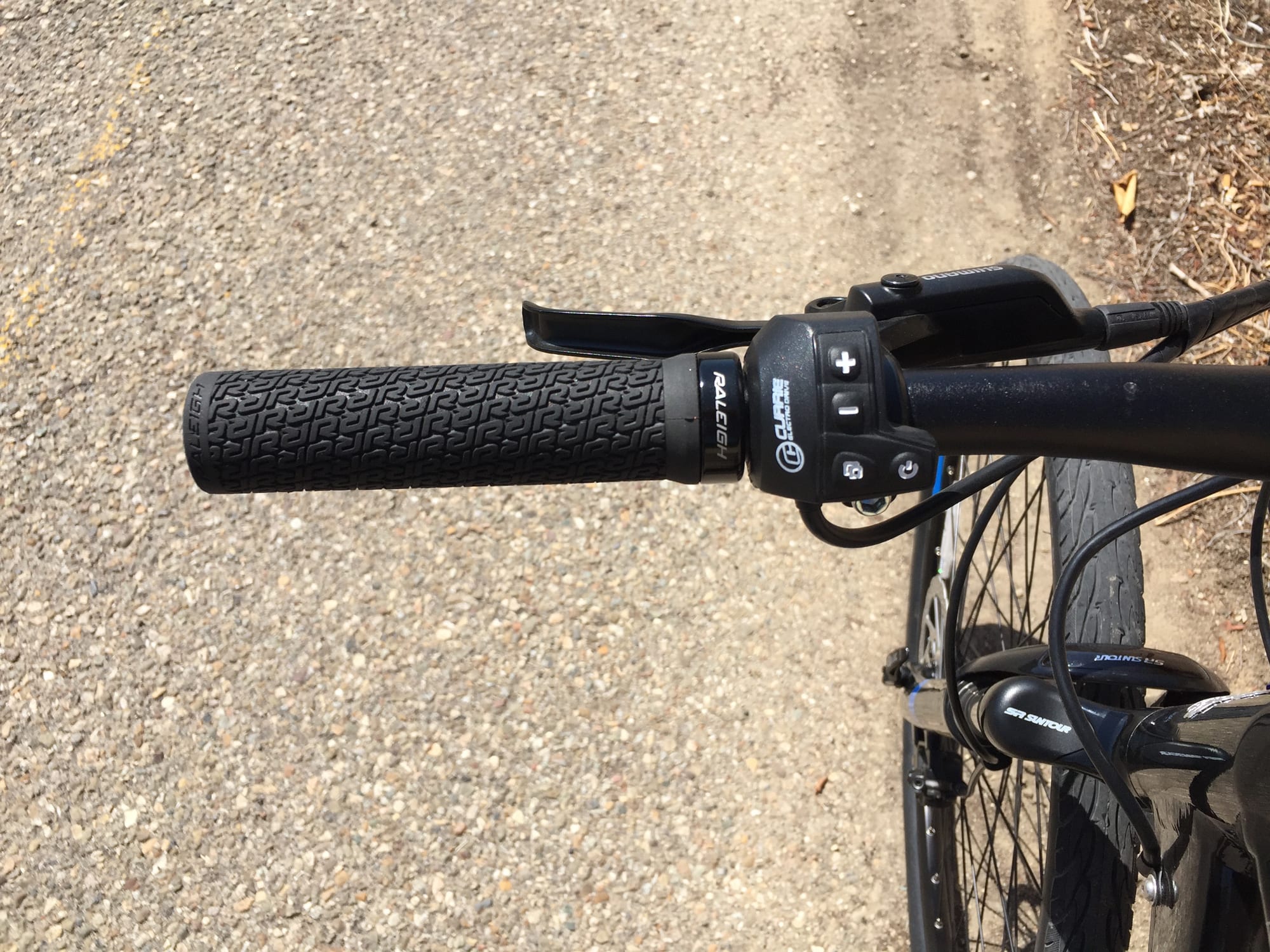
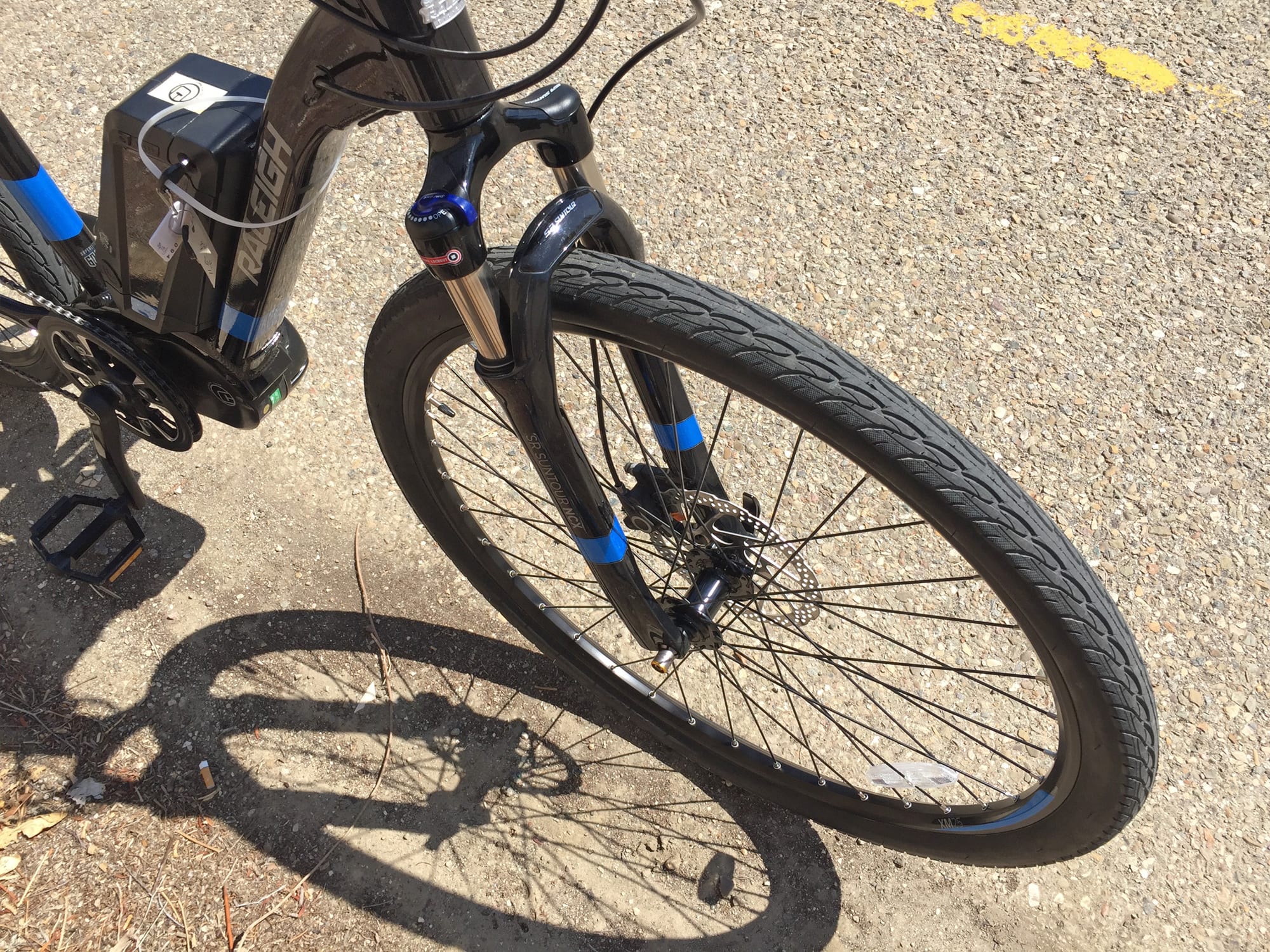
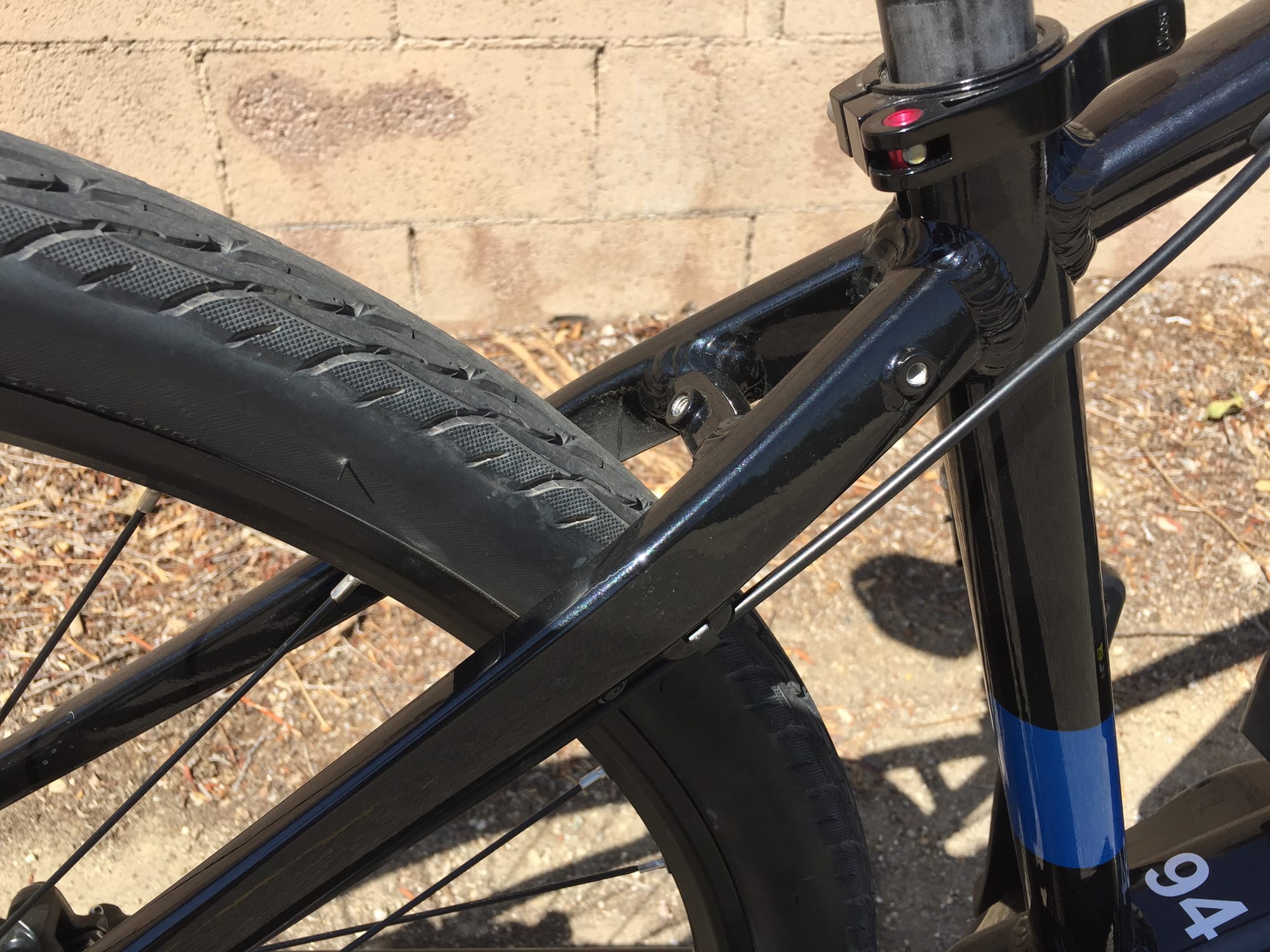

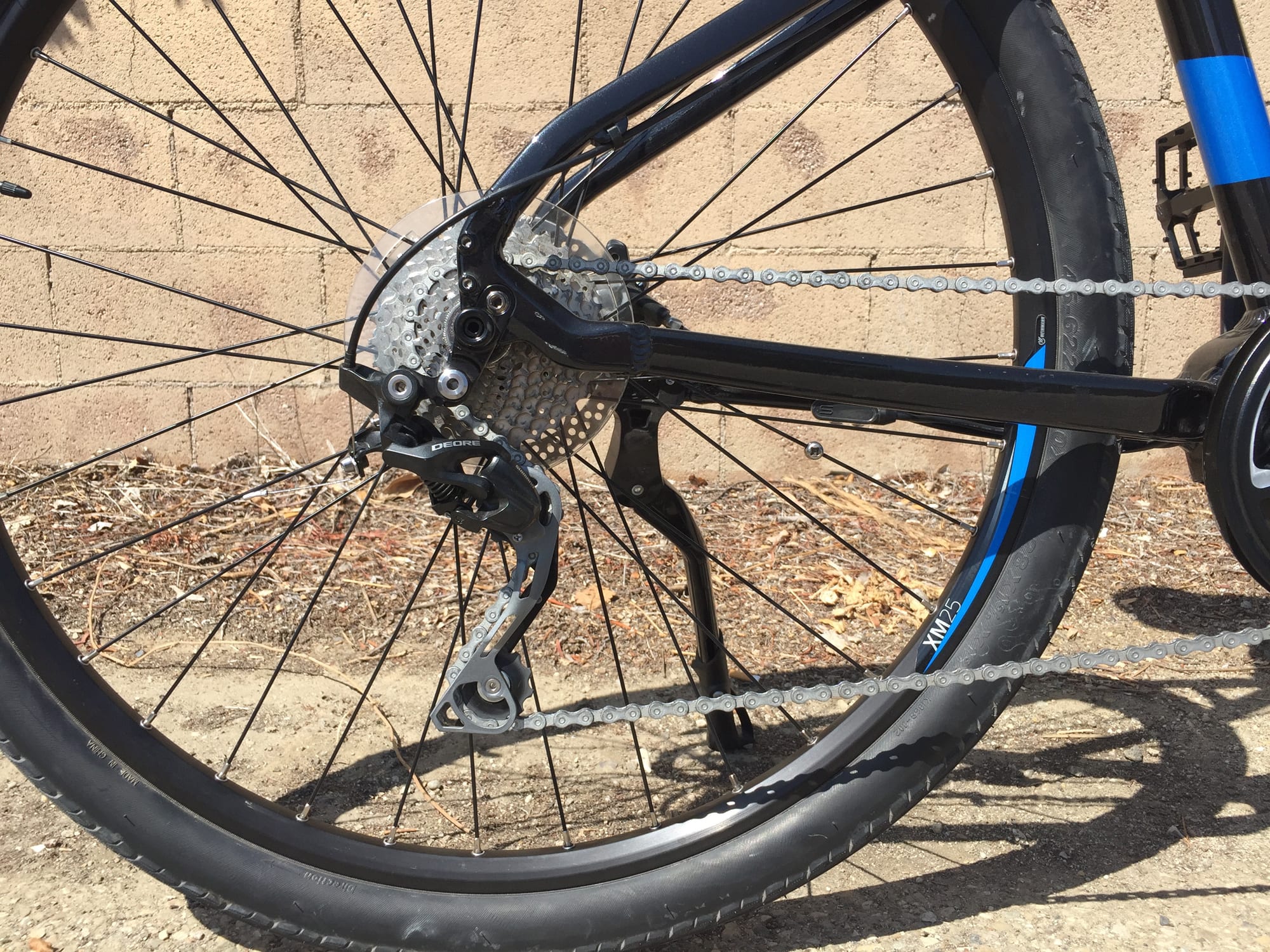
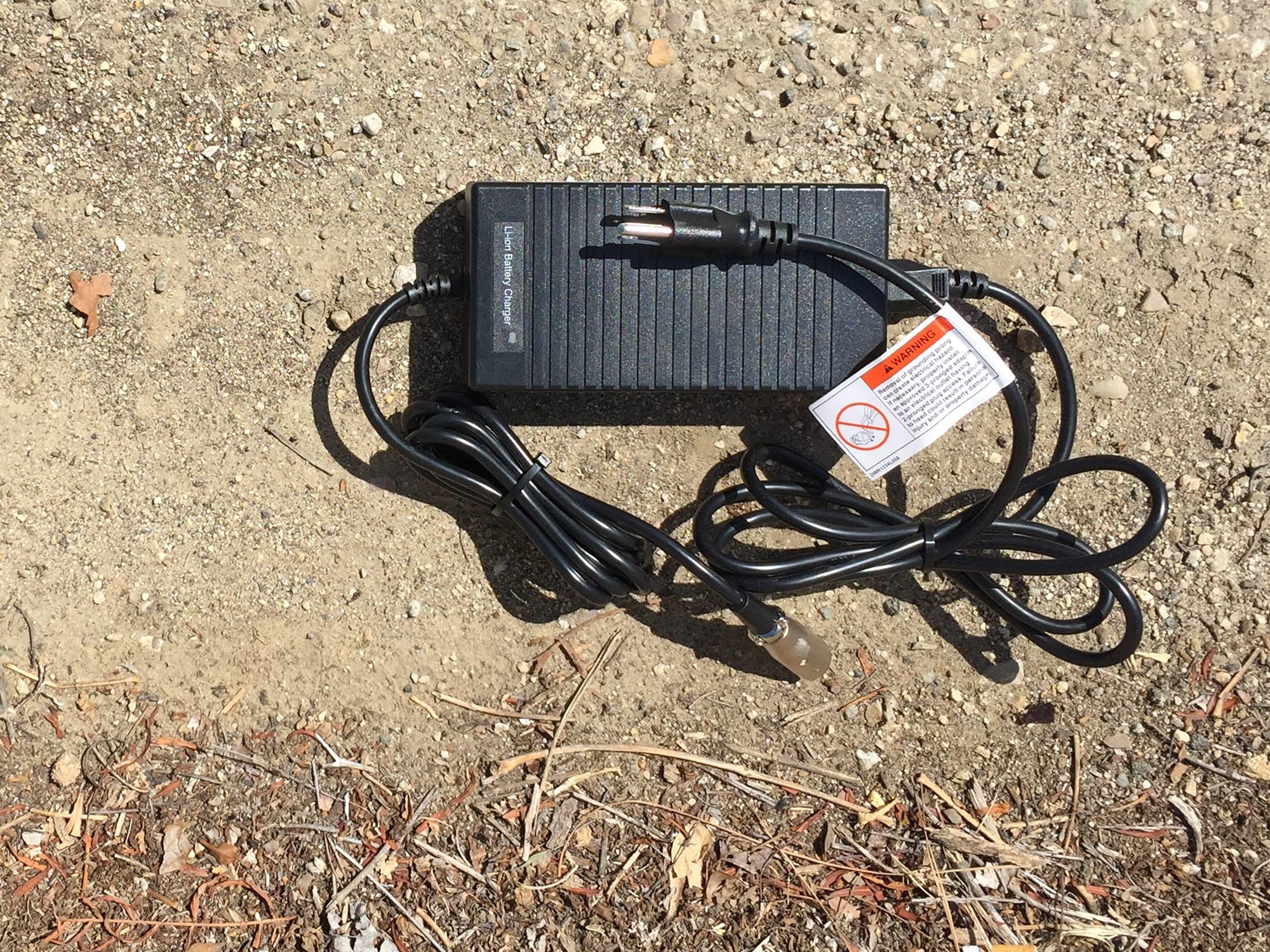

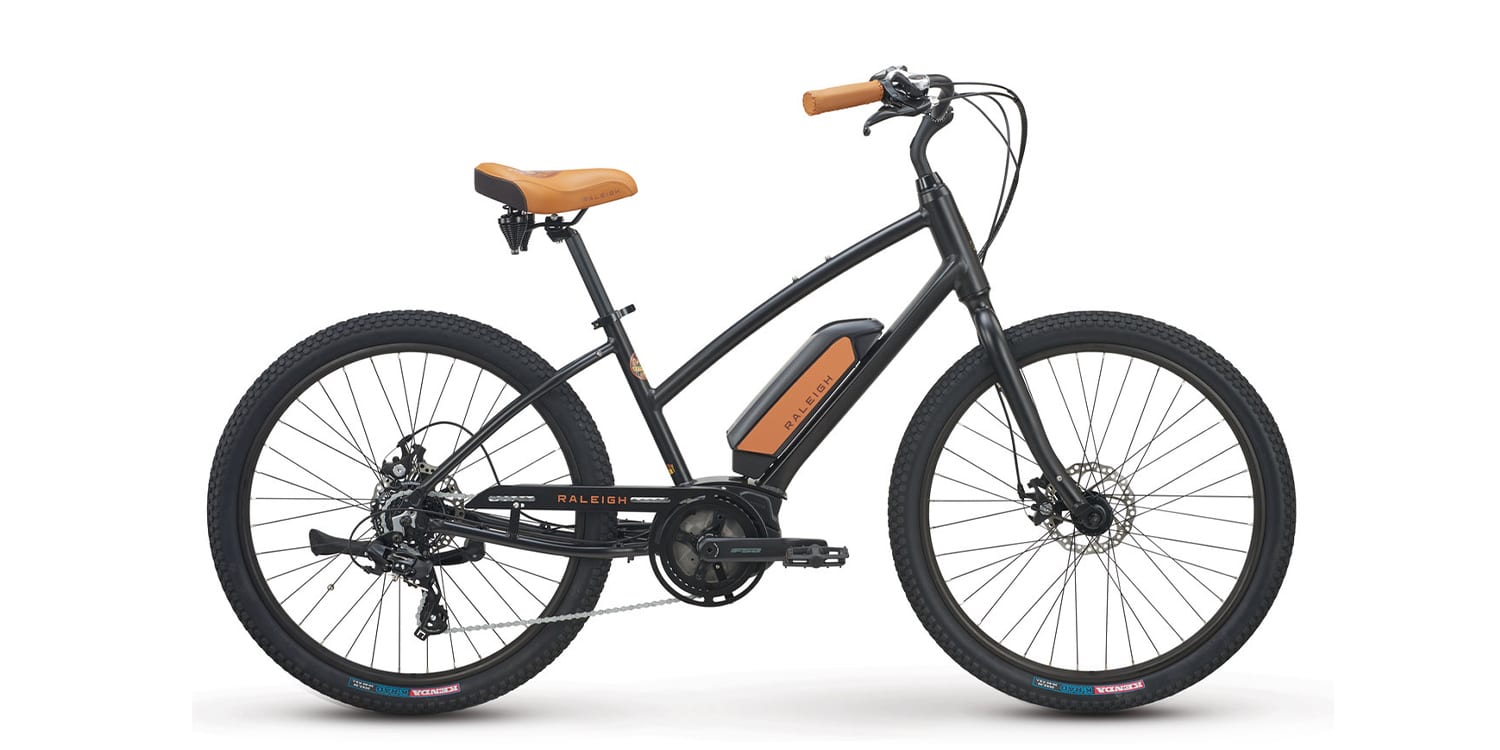
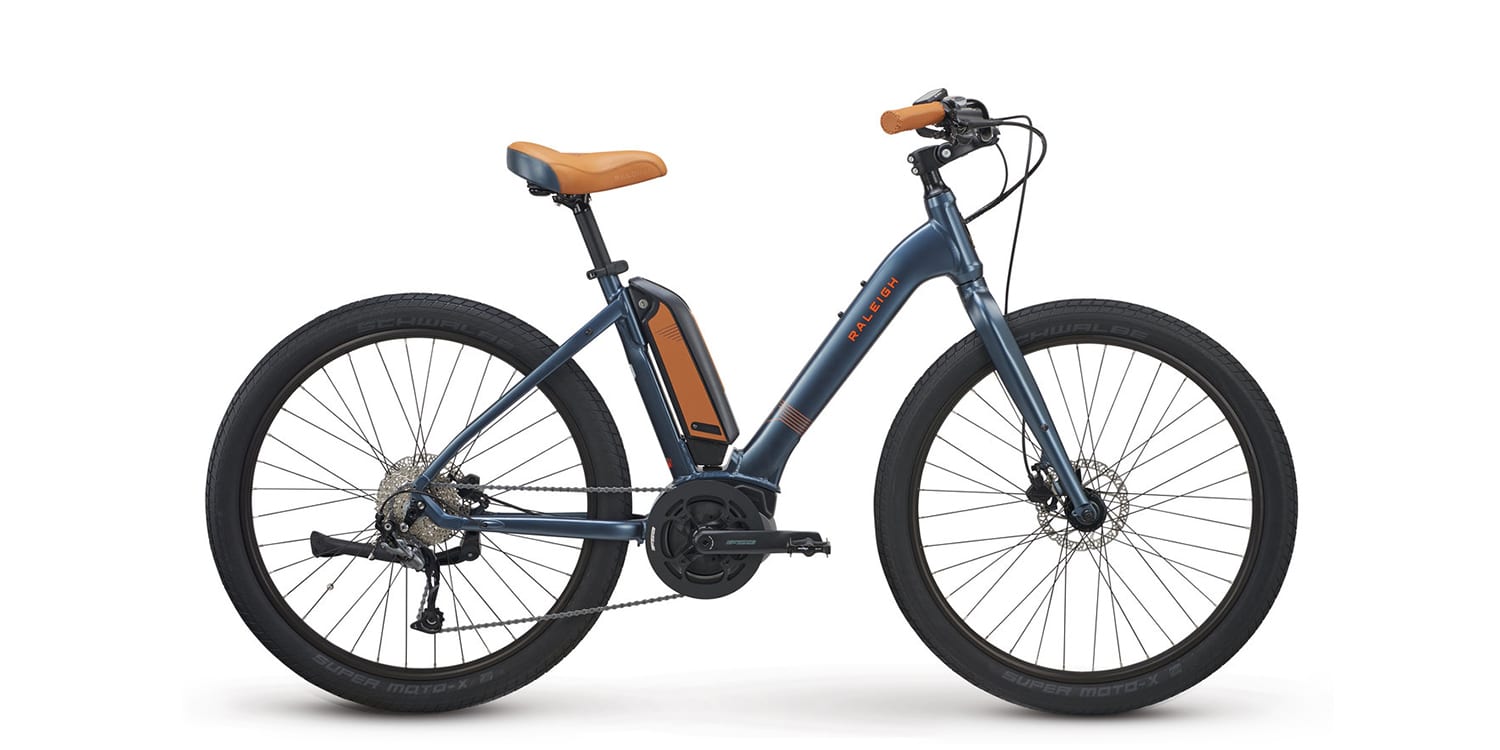
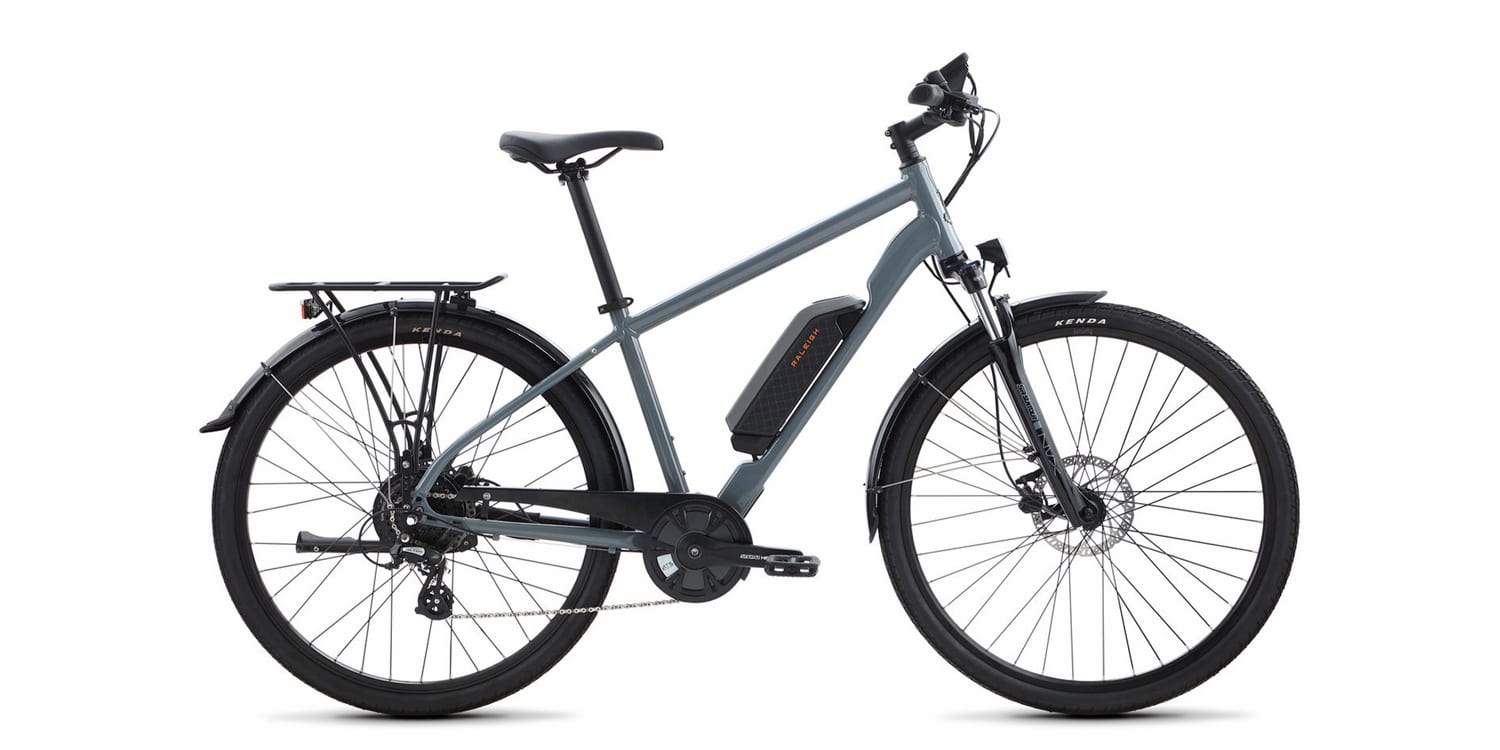
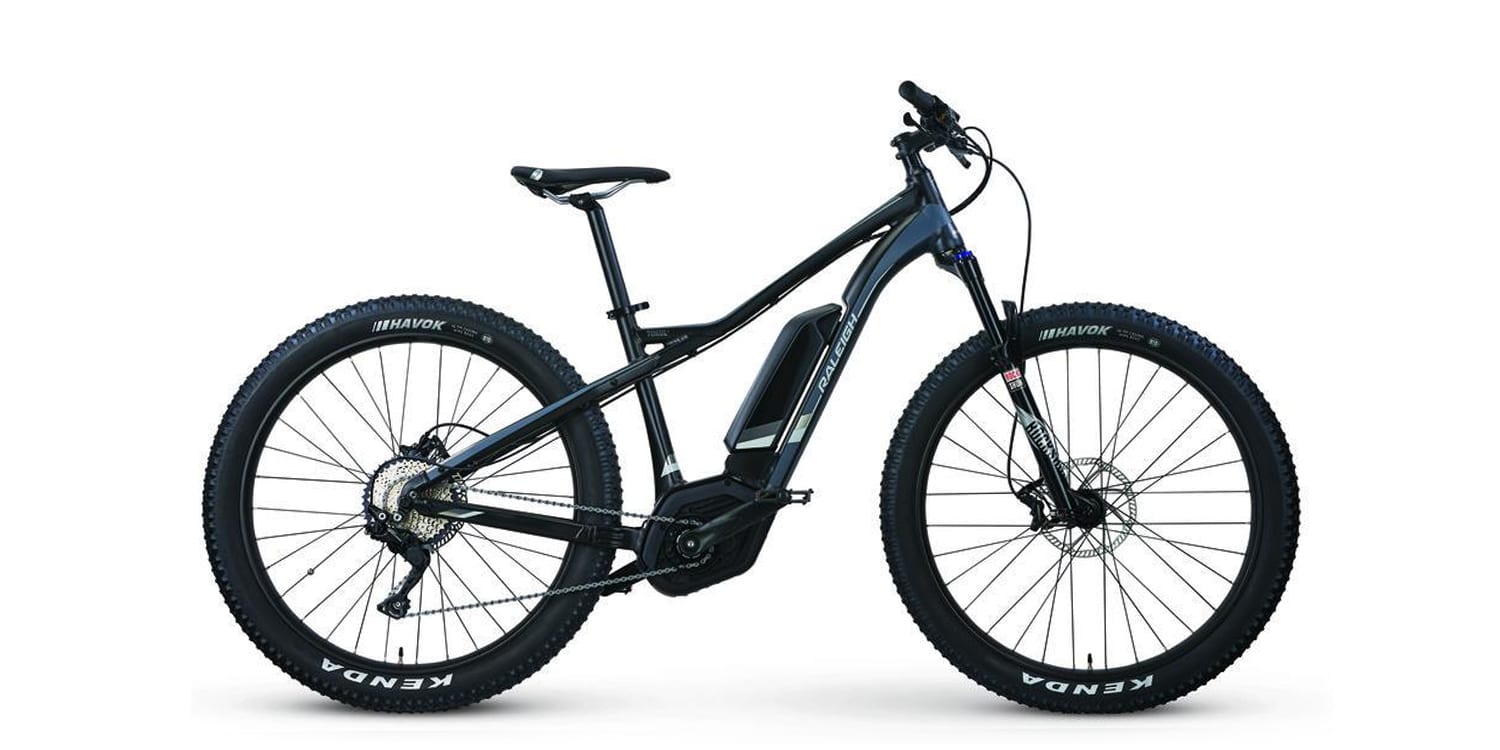
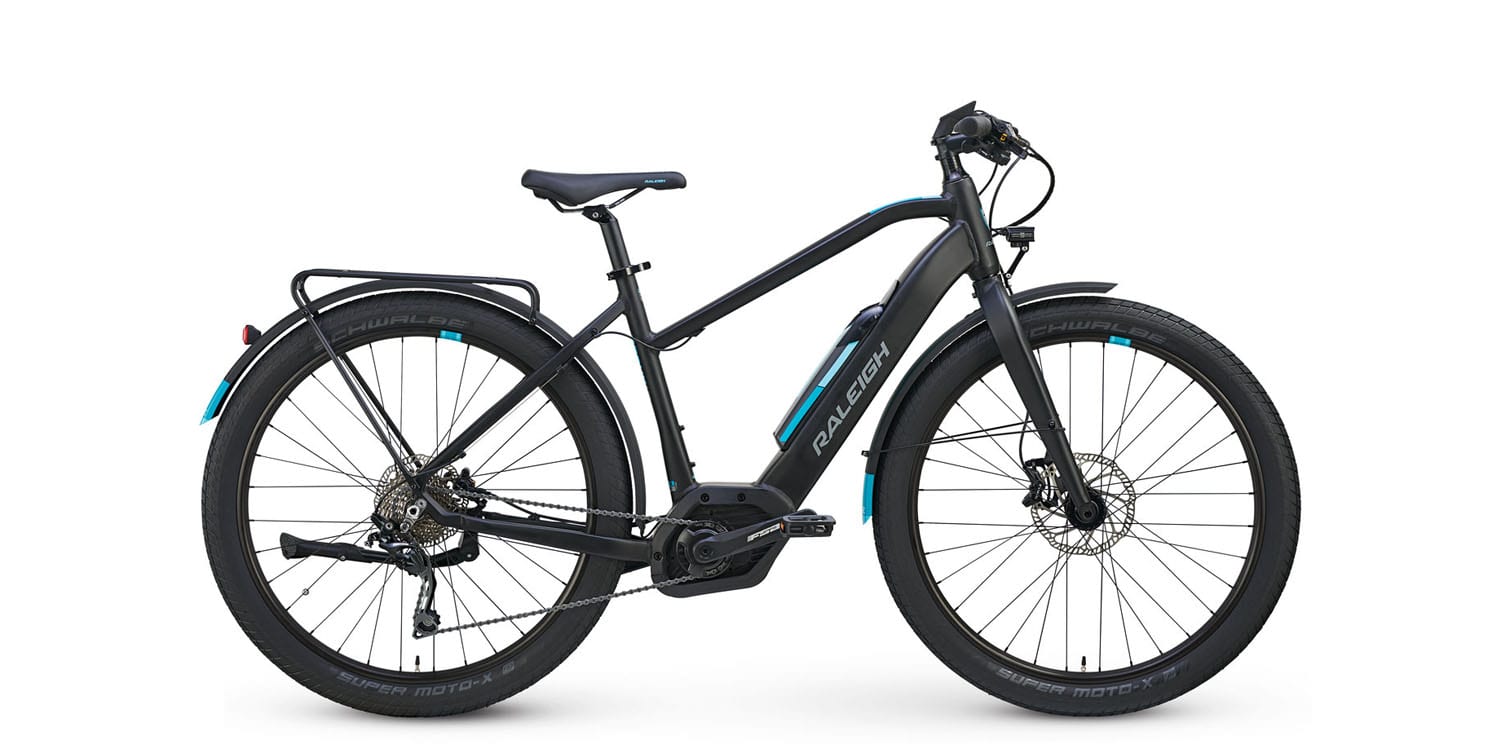
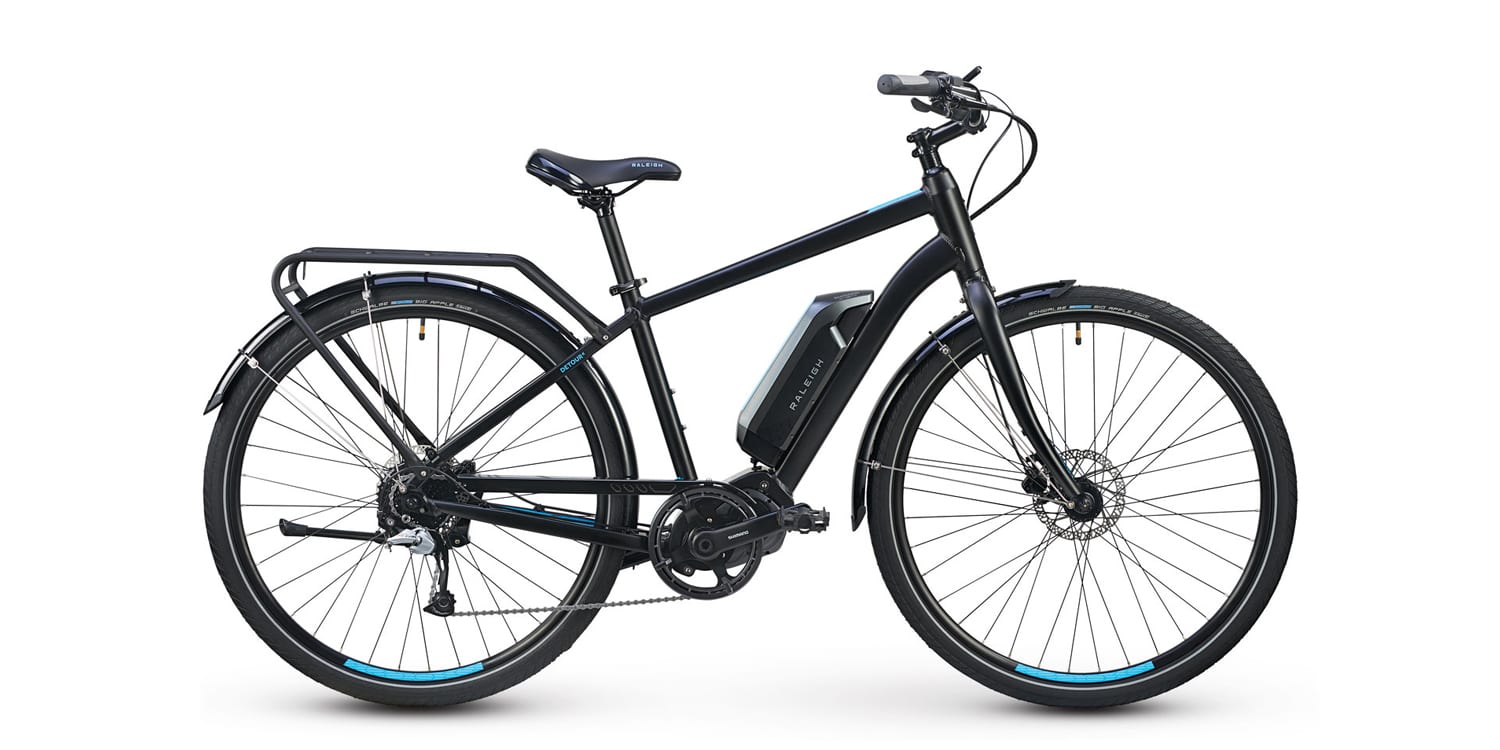
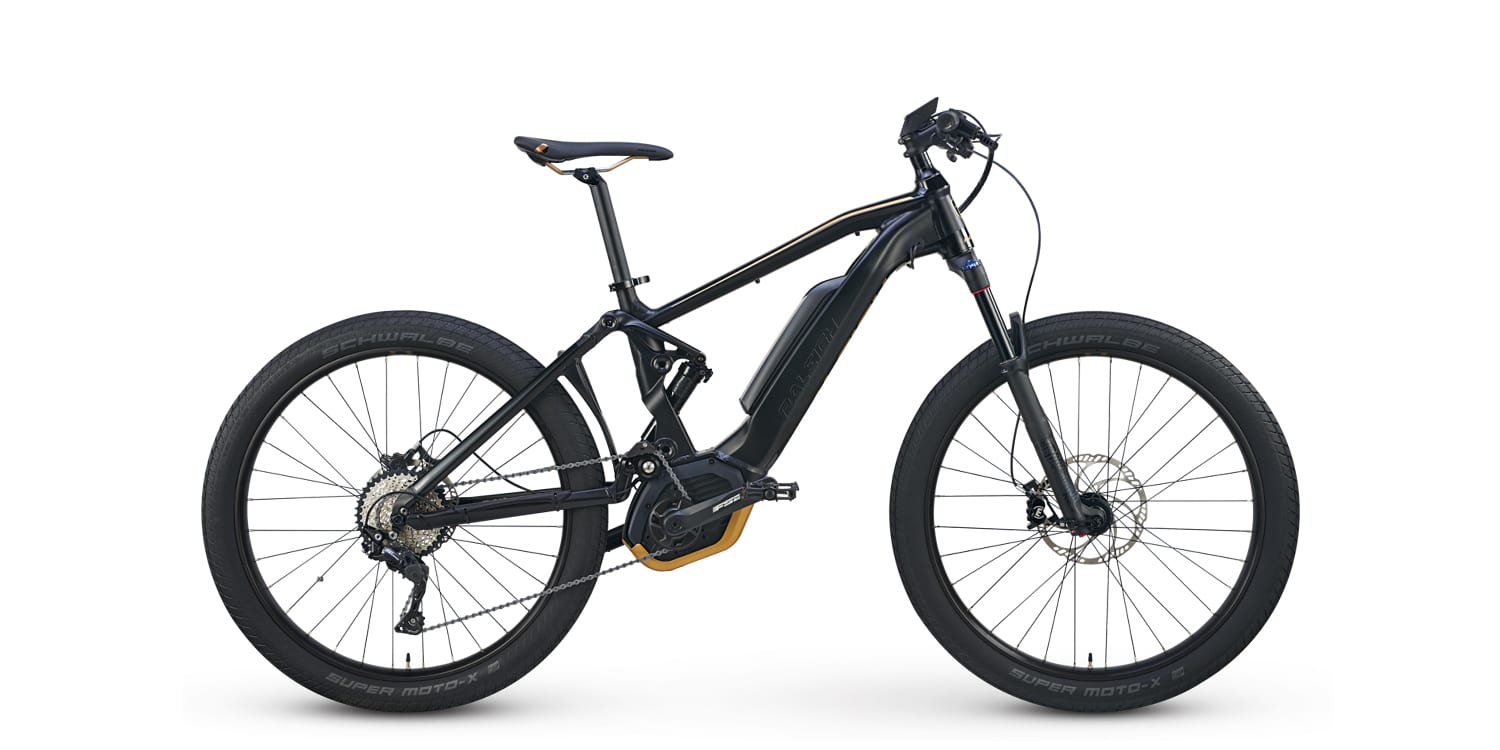
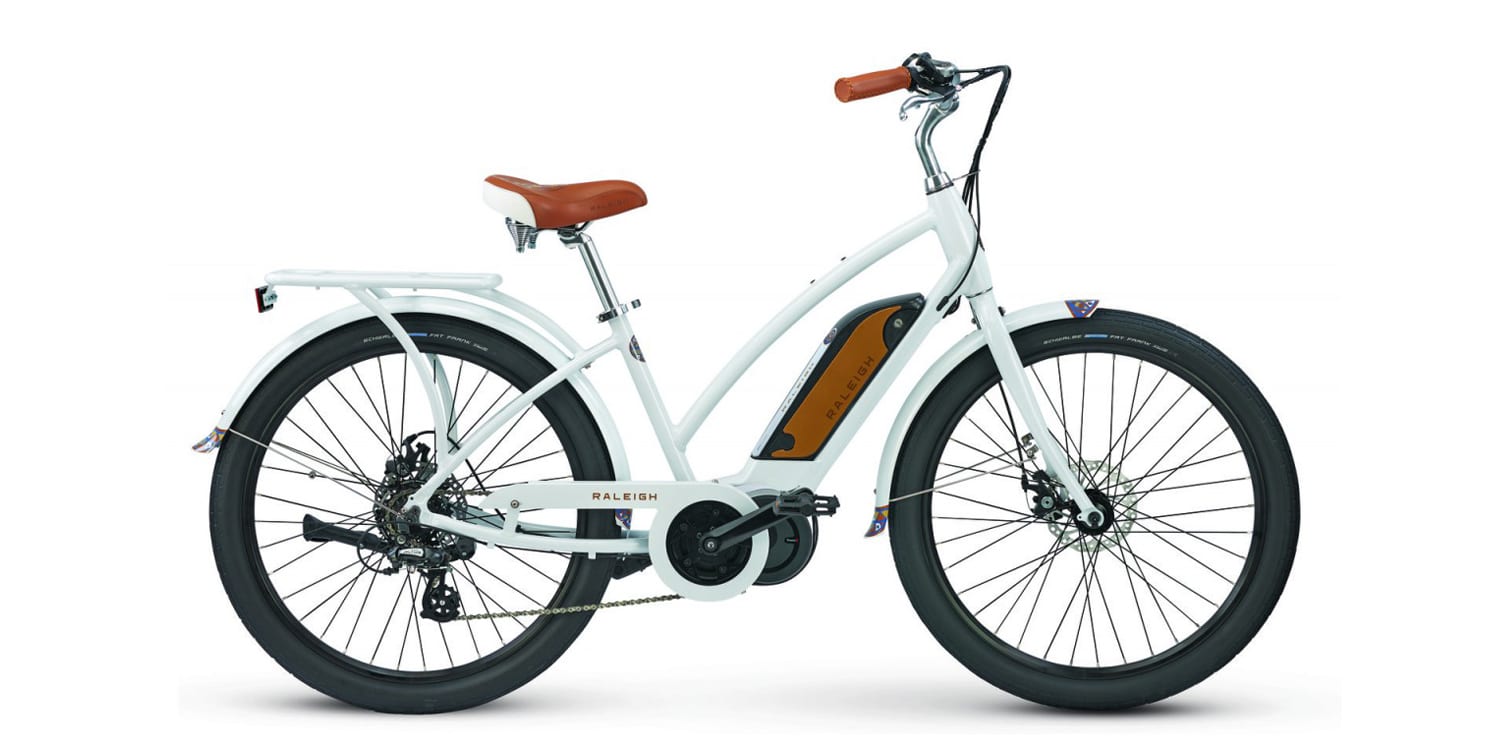
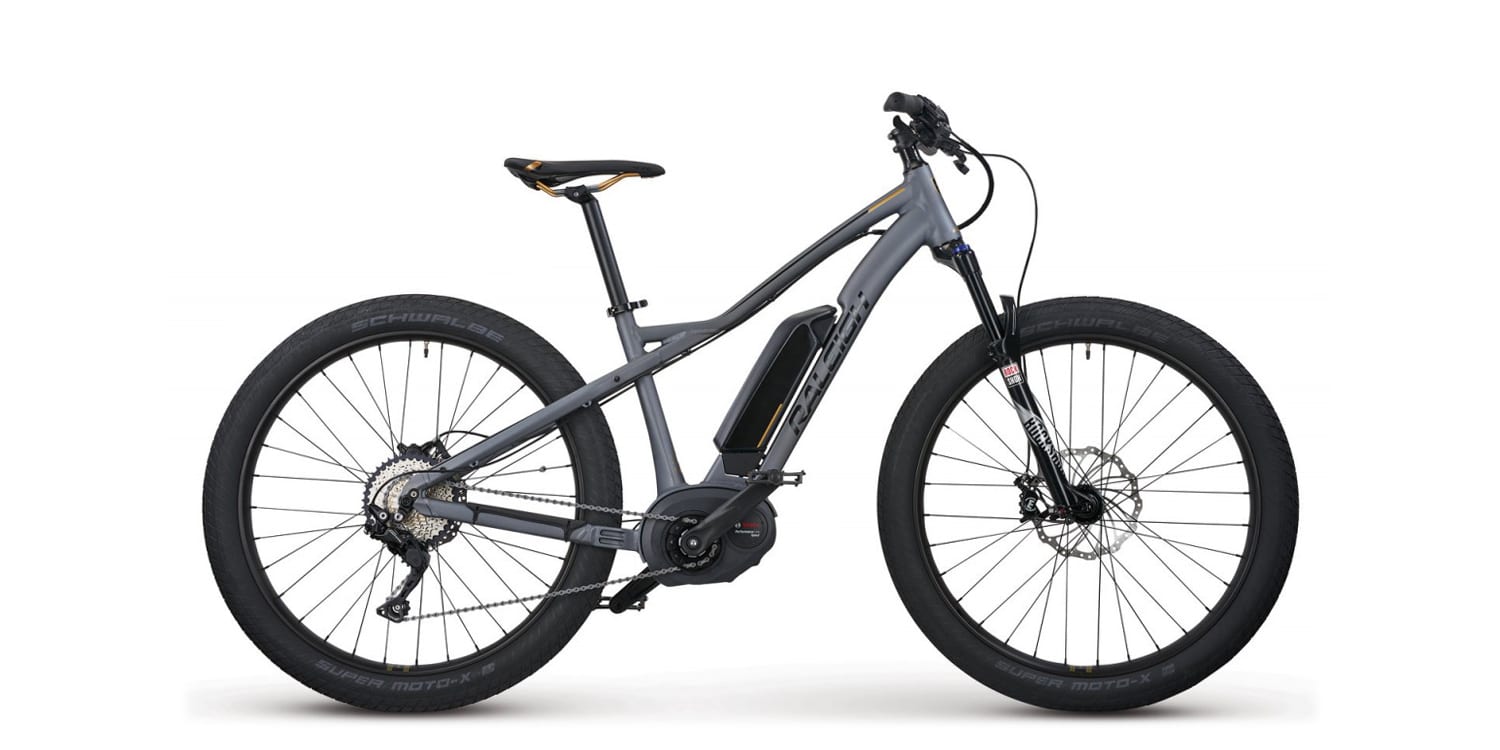
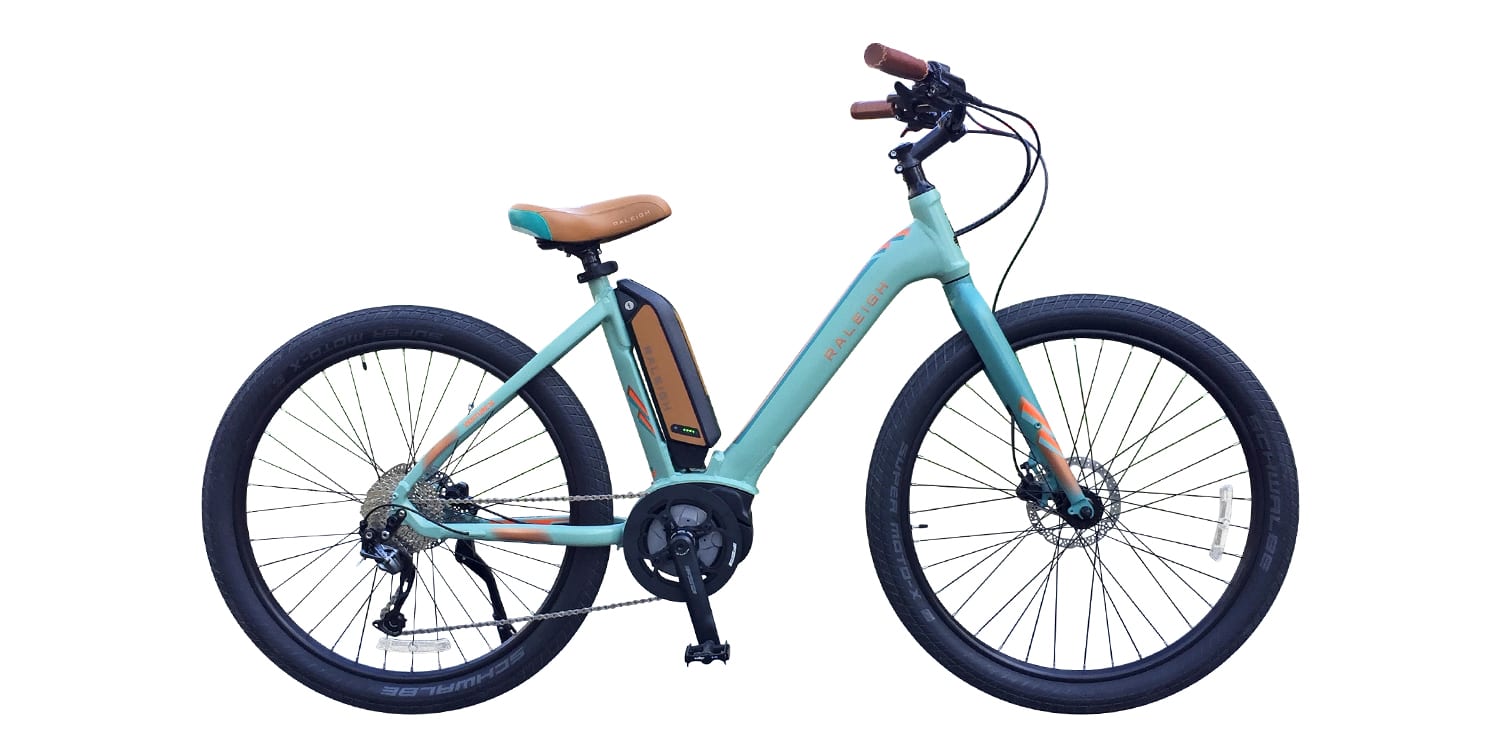
Reader Interactions